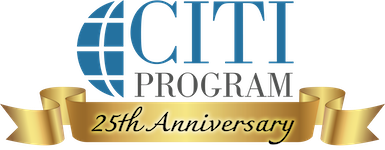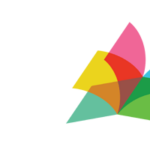Scholarly publishing, or academic publishing, is a form of publishing where researchers distribute their academic research and professional scholarship in academic journals, articles, books, and other venues. Most commonly, scholarly publishing occurs through an academic journal in which individuals publish peer-reviewed articles work in either an open access, traditional print, or hybrid journal.
Open Access Journals and Traditional Print Journals
Open access journals are a form of publishing in which the traditional barriers to accessing a published piece of research or scholarship are substantially reduced or removed. Proponents of open access suggest through removing barriers to access, research becomes more equitable and provides space for shared findings to accelerate discovery. While open access articles are less burdensome to access as opposed to paywalls and expensive subscriptions to traditional print journals, authors of open access articles are often pay charged a fee for their article to be published as open access.
Traditional print journals continue to be the most common venue for scholars to share new knowledge. While many traditional print journals still publish a paper version of the journal, most journals in the 21st century are accessed through a digital database. In traditional print journals, the reader will often face a paywall to access an article in its entirety. These paywalls are commonly paid for via an institutional subscription by the library at an institution of higher education and can cost as much as $40,000 annually. The author of an article in a traditional print journal also often relinquishes their copyright as a condition of publication and some journals require authors to sign an exclusive licenses. Traditional journals are often perceived to be more prestigious than open access journals, however, journal prestige often differs from discipline to discipline.
21st Century Concerns
In the current ultra-competitive landscape of scholarly publishing, academics could find it difficult to decide what journal to publish in. Both open access and traditional print journals offer benefits and drawbacks.
The speed at which the publication process occurs between open access and traditional print journals is vastly different. Publication timelines for open access journals are usually faster than traditional print journals, which might be delayed due to space limitations, backlogs, and the time necessary to print a hard copy of a journal. Open access journals on the other hand, can boost circulation and produce a higher impact factor as the article is publicly and widely available to all of those who have a reliable internet connection. While these are only a few of the tensions which exist between open access and traditional print journals, it can be a difficult decision to decide what form of publication venue best suits your academic and professional needs.
Scholarly Publishing Training
CITI Program offers scholarly publishing training. Our Preparing for Success in Scholarly Publishing course orients and prepares learners to engage with the scholarly publication process in an informed way. It explains the core elements of scholarly publication and how to navigate the publication and writing processes in ways that reflect a current understanding of issues that arise for researchers across disciplines. The course acts as a preparation to writing and publishing, helping writers build awareness of how to make the process personally meaningful, engaging, and impactful. Open Access Publishing: An Introduction webinar provides an introductory overview and examines key practices in open access. It also discusses some of the common challenges to copyright, licensing, and metrics. The webinar additionally provides a discussion on the impact and equity of open access publications within the field of academia. Preparing to Publish in Traditional and Hybrid Journals webinar examines key concepts of scholarly publishing and provides an overview of the publication process. It also offers strategies for assessing publication venues and explores ways to share and promote your research. The webinar additionally discusses equity practices within traditional and hybrid journals.





